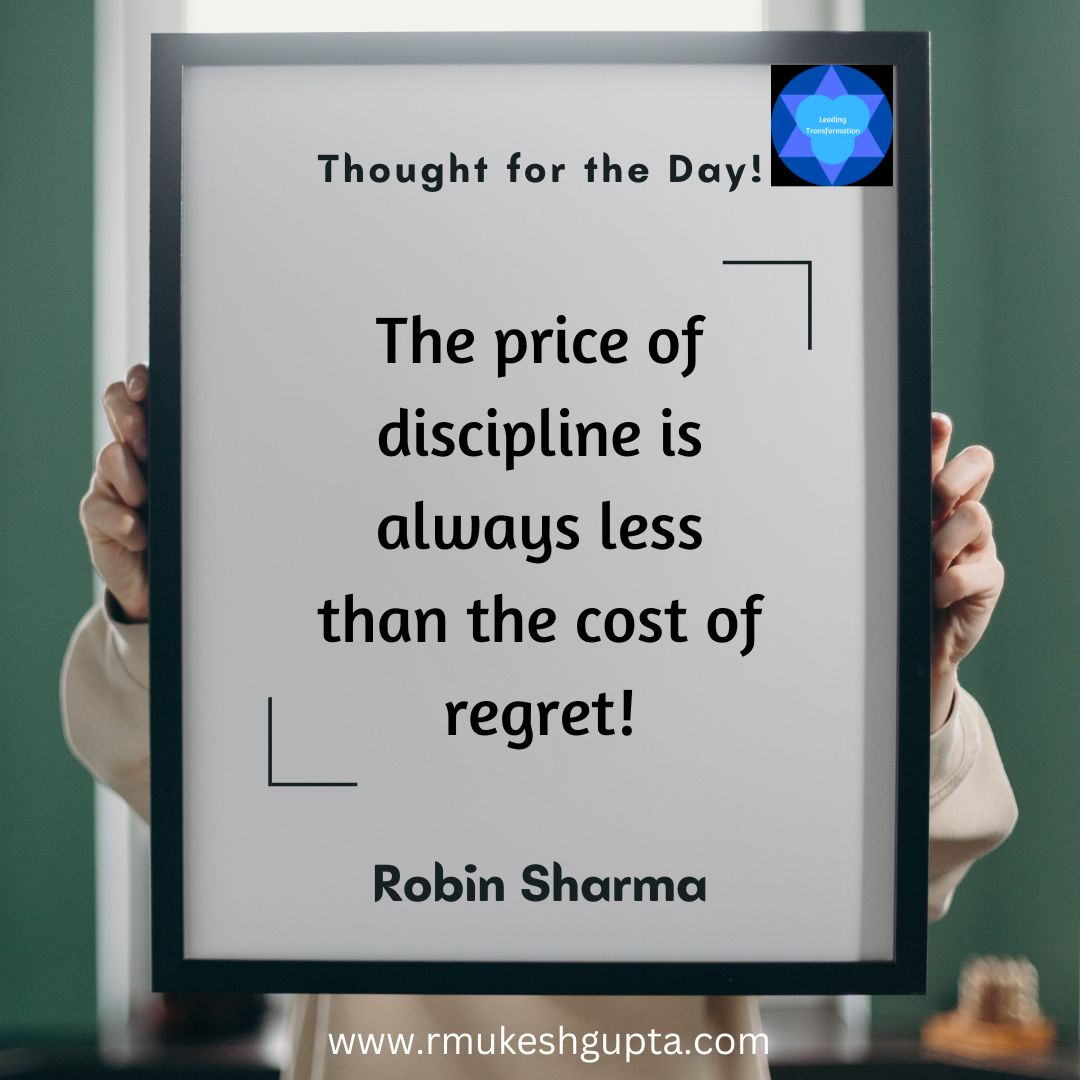Premise:
Every organisation wants to innovate and they all have people with enough ideas to fuel their innovation efforts, but somewhere these ideas get stifled and innovation ends up remaining an intent only. So, what is it that stops organisations to innovate and is there a way to systematically remove these barriers?
Overcoming the Bias for Creativity:
Dr Jennifer Mueller, in her book Creative Change has shown that we are inherently biased against creativity, as individuals and as organisations. She explains that when it comes to evaluating interesting & creative ideas, we can fall into one of two mindsets – How/Best mindset and Why/Potential Mindset.
The How/Best mindset is our default mindset and gets triggered every time we want to evaluate any idea. This typically explores if we know how to implement the idea and how easy or difficult will it be to execute on this.
Most creative ideas by definition are creative and hence, it is not easy to know in advance how they will pan out and so we can’t have a clear answer to the question – how best can we execute this idea. And since, we are not confident about this, we generally tend to ignore or not invest in these ideas. It is exactly these ideas which have the potential to become innovations that can provide us the breakthrough we need in our business.
The Why/Potential mindset is one where we want to explore the potential of the idea and why this idea makes sense. This mindset allows us to explore the potential of the idea and take the next step.
Leverage the Power of Story
People need to know that it is ok for them to innovate. No, they need to know that they are expected to come up with ideas that can fuel innovations. The way this can be done is through telling them corporate folklores or stories that lead people to the belief that
“People Like us, do stuff like this”
There is a famous story of how a retailer tells the story of a customer service rep actually gift wrapping an item that he clearly knew that was not bought at this retailer. This is also the story about how Ritz Carlton enables their employees to spend up to a certain amount, if needed, to delight a customer in need. Some of these stories become legends in our organisations and have a bigger impact on how people behave than anything that we as leaders may say or do.
Empower Line Managers
I truly believe that the culture of the organisation is built by the first line managers. These are the one’s that are closest to the people who are doing the actual work. If they do not appreciate their employees trying to work on creative ideas, irrespective of whatever the organisation tries to do, they will not be able to enable grounds-up innovation within their organisation.
So, as a leader, we need to be very careful in whom we chose as the first line managers and then spend as much effort as possible to train them to learn to behave in a way that can enable the organisation’s values and strategy. It is clearly the most important activity that an organisation could do. Again, corporate folklores about managers going out of their way to do what is right for the organisation will also go a long way in getting them to behave in a way that is expected.
Reward Attempts at Innovation
There are a lot of people who try creative ideas and fail. I know that while every organisation wants to innovate, nobody wants to fail. This is a clear dichotomy because, innovation, by its very nature is a journey into the unknown and when you are exploring unknown territories, you are bound to fall now and again. So, it is not only important to recognise and award successful innovations, but also to recognise and learn from the times that it did not work out. I am sure that there is a lot that we can learn from every attempt that we have at innovation. Someone said nicely, that the motto of any team that wants to succeed at innovation should be
Learn fast and Learn Often.
So, it is important to recognise the people who attempted something interesting and learn from their efforts.
Embrace Constraints
One of the best ways to get creative is to create artificial constraints.
I was part of a project once where the project leader created a constraint on the cost of the product that we were creating, the time that we have to come up with the prototype, the resources that we at our disposal and also the customer segment that we were to address. With so many constraints, almost in every area of the project, one would assume that it would be extremely difficult to make progress.
We were, and you would too, be pleasantly surprised that once we embraced the constraints, it became much easier for us to focus on the project and come up with interesting and creative ways to solve the problem that we were trying to address.
At times, not having enough constraints could be what is stopping the team from being truly creative.
Create Space and Time:
It is well-known that our environment has a significant impact on each of us and the kind of work that we do. There are a lot of examples of extremely creative people having specific kind of environment and coupled with a specific kind of routine that helps them to get into the zone of being creative.
The same way, having a specific space and time to be creative allows your employees to put themselves in a certain frame of mind, which then becomes conducive to creative work. This is one of the reasons, almost all the R&D labs and development labs have environments where employees could go out for walks or have a specific space for creative work and enough areas and time to play.
Process Beats Talent:
My mentor, Porus Munshi, says this very well:
“Process beats Talent. Every time.”
Having a clear process for enabling people to be their creative best will always beat trying to hire the most creative person that you can find and letting them to be their creative best.
It is not enough to have a process that enables people to bring their creative best to work, but we also need to have a process to learn from every attempt at innovation, a process that can guide the teams and their managers on how to navigate the organisation to get their innovation in front of the right people, a process to ensure that these people are in their “why/potential” mindset while evaluating these creative ideas, a process to recognise and reward people taking this journey.
Conclusion:
So, in conclusion, there is a lot that an organisation (or a leader of the organisation) could do to enable their teams to bring and give their creative best to the organisation. If the leaders do a good job of creating the right environment, have the right process and create the right constraints, good innovations coming out of that environment will be a given.




